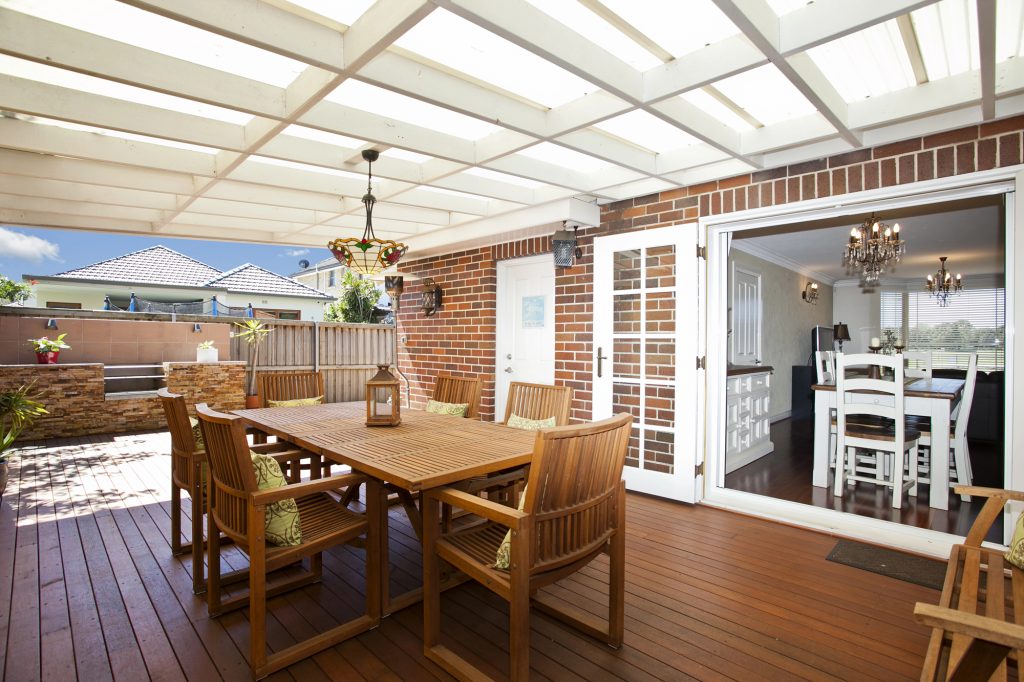If your dream backyard feels more like a distant Pinterest board than a real-life escape, 2025 might just be your year to make it happen. With outdoor living continuing its glow-up, creating a backyard retreat isn’t just about slapping down a patio and calling it a day. This year’s trends are all about blending style with sustainability, relaxation with functionality—and yes, finding smart ways to stretch your budget without compromising the wow factor.
In this article, we’re breaking down the trends, tools, and smart spending strategies that will shape your outdoor oasis this year.
The Rise of Multipurpose Outdoor Living Areas
Gone are the days when a few chairs and a grill were enough. Today’s backyards are dynamic spaces designed for entertaining, relaxing, working, and even exercising. Homeowners are adding features like pergolas, weatherproof furniture, and modular seating to create versatile zones for different activities.
Think of it as zoning your yard the way you would a house. You might have a shaded lounge area for afternoon reading, a dining space for weekend cookouts, and a firepit corner for evening chats. These thoughtful divisions make outdoor living more enjoyable—and more valuable.
2025 Trends That Matter

Outdoor design in 2025 is focused on balance—between comfort and sustainability, tech and nature. Here are a few defining trends:
- Smart Lighting: Solar-powered lights and app-controlled LED systems let you set the mood while reducing energy use. They’re functional and energy-efficient.
- Eco-Conscious Materials: Recycled wood, composite decking, and locally sourced stone are top choices for sustainable landscaping.
- Natural Tones & Textures: Earthy colors and organic shapes are replacing harsh lines and synthetic hues. The result? A calm, grounded environment.
- Wellness Integration: Outdoor yoga decks, cold plunge tubs, and even meditation pods are becoming must-haves for wellness-minded homeowners.
Keeping up with these trends doesn’t require a full redesign. Small updates like swapping cushions, adding a vertical garden, or installing motion-sensor lighting can make a big impact.
Choosing the Right Tools for DIY Projects
If you’re a hands-on homeowner, the right tools make all the difference. Investing in quality outdoor gear can save time, reduce frustration, and improve results.
- Cordless Power Tools: A cordless drill, circular saw, and leaf blower are versatile and perfect for most backyard tasks.
- Garden Essentials: Don’t underestimate the power of ergonomic pruners, a soil moisture meter, and a durable hose reel.
- Digital Design Tools: Before you dig, consider using landscape design software like SketchUp to visualize your space and test different layouts. It’s beginner-friendly and used by professionals.
Even with the best tools, some jobs require experience and precision. For major structural work, like building a deck, installing an outdoor kitchen, or grading land, consulting a skilled custom deck builder can save you time, money, and potential headaches. A pro ensures your plans meet local codes and perform well over time.
Budgeting Without Compromising Quality
You don’t need a luxury budget to achieve luxury results. Smart planning and strategic spending go a long way. Start by deciding what’s essential now and what can wait until next season.
- Prioritize Impact Areas: Focus on projects that improve usability and comfort—like a shaded seating area or an upgraded grill station.
- Mix High and Low: Invest in quality for pieces that will see daily use (like outdoor sofas), and save on decorative accents you might swap seasonally.
- DIY Where It Counts: Simple projects like repainting furniture, planting a herb garden, or adding a gravel path can enhance your space without draining your wallet.
Track your expenses with a spreadsheet or app. Set a total budget, then break it down by categories—furniture, landscaping, lighting, décor, and services. This helps you stay organized and avoid overspending.
Making It Your Own
Functionality is key, but personality brings the space to life. Your outdoor area should reflect your lifestyle and taste. Add a water feature if you crave calm. Install a hammock for Sunday naps. Hang string lights for charm, or display local art for flair.
Also, consider how your space changes throughout the year. Choose materials and plants that withstand your climate. Include storage options for cushions and tools to keep things tidy during off-seasons.
The most successful backyard retreats are those that feel like an extension of the home. Comfortable, personalized, and ready for whatever your day holds.
Final Thoughts
As homeowners continue to embrace outdoor living, the demand for beautiful, functional, and sustainable spaces will only grow. With a thoughtful plan, the right tools, and a realistic budget, you can design a backyard that works for you all year long.
Trends will evolve, but the idea behind it all remains simple: create a space that makes you want to step outside, linger a little longer, and enjoy the fresh air.
0
Related
Read the full article here


